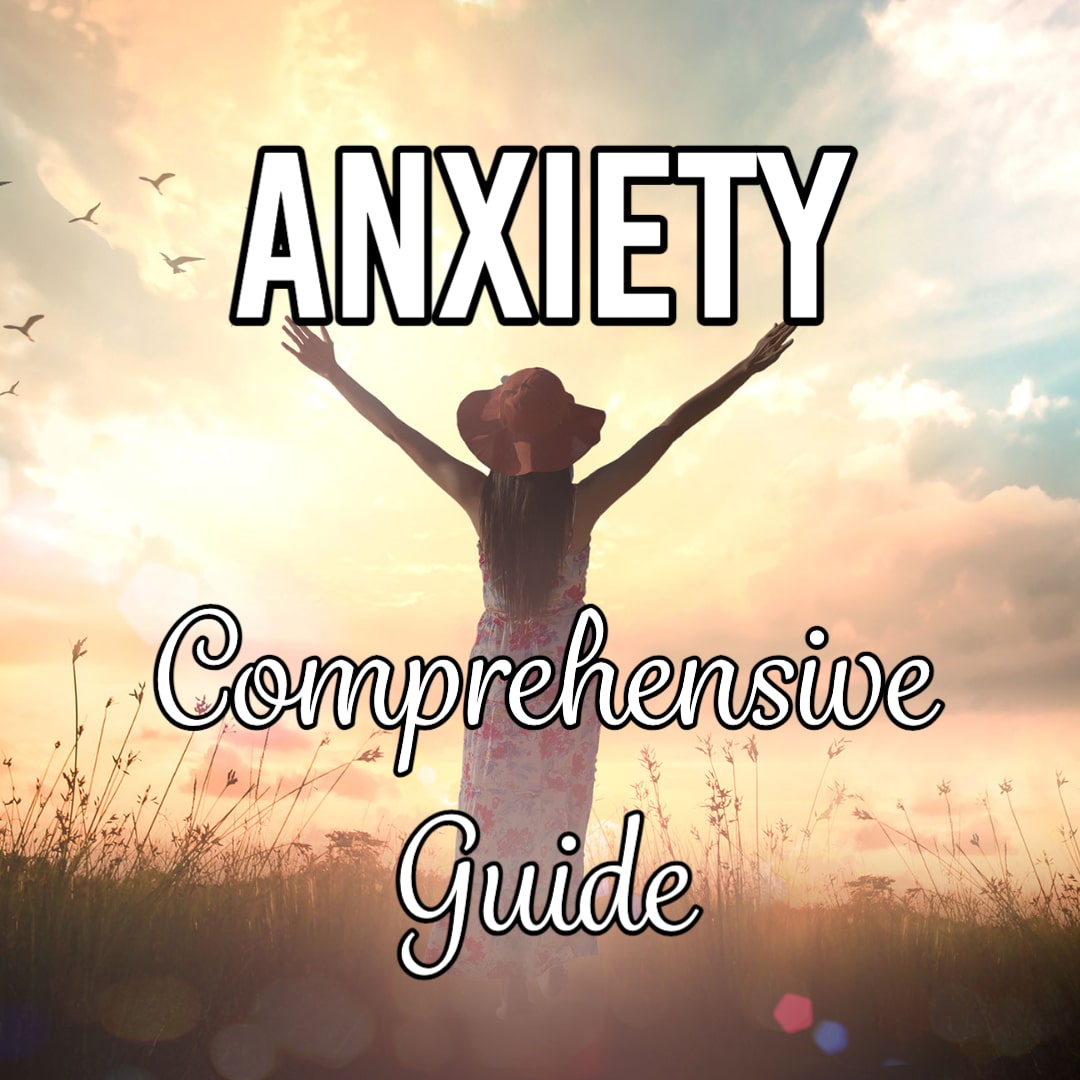It can be very frustrating to have unwanted racing thoughts that lead to all or nothing thinking. Here we go over a few options to overcome these.
KEY TAKEAWAYS
- Recognize what are some triggers for these thought patterns.
- Start to challenge these thoughts.
- If you can’t turn them off, reframe them.
- Be mindful of the thoughts and how they register in you.
- Embrace yourself for who you are, practice self-compassion, and allow yourself to be imperfect.
- Consider more balanced counter-examples.
Why Do We Get Stuck in this Type of Thinking?

Do you often find yourself stuck in a cycle of extreme thinking, where everything is either perfect or a complete disaster? If so, you’re not alone. All-or-nothing thinking, also known as black-and-white thinking, is a common cognitive distortion that can have a significant impact on our mental well-being and decision-making abilities. In this comprehensive guide, we’ll explore the nature of this thinking pattern and provide practical strategies to help you overcome it.
- Learn to identify and challenge your all-or-nothing thoughts
- Embrace the gray areas and find balance in your life
- Practice mindfulness and cognitive restructuring techniques
In this article, we’ll explore the roots of all-or-nothing thinking, its potential consequences, and practical strategies to overcome this cognitive pattern and cultivate a more balanced and flexible mindset.
Understanding All-Or-Nothing Thinking

All-or-nothing thinking often stems from deeply ingrained beliefs and thought patterns that have developed over time. These patterns can be shaped by various factors, including our upbringing, past experiences, and societal influences.
One of the common reasons behind all-or-nothing thinking is the desire for certainty and control. In a world filled with ambiguity and uncertainty, our minds may seek solace in black-and-white thinking, as it provides a sense of clarity and simplicity. However, this oversimplification of reality can lead to a distorted perception of events and situations.
Another contributing factor is perfectionism. Individuals who strive for perfection may have unrealistic expectations and judge themselves or others harshly when those expectations are not met. It can lead to an all-or-nothing mindset, where anything less than perfect is perceived as a failure.
Consequences of All-Or-Nothing Thinking

All-or-nothing thinking can have far-reaching consequences on various aspects of our lives. Here are some potential impacts:
- Emotional well-being: Viewing situations through an all-or-nothing lens can lead to emotional extremes, such as feeling elated or devastated, depending on the outcome. This emotional roller coaster can be draining and contribute to conditions like anxiety and depression.
- Relationships: All-or-nothing thinking can strain relationships by creating unrealistic expectations and fostering a judgmental attitude. Minor disagreements or flaws may be perceived as catastrophic, leading to unnecessary conflicts and misunderstandings.
- Decision-making: When faced with decisions, all-or-nothing thinking can make it challenging to weigh options objectively. It may lead to impulsive or overly rigid choices, as nuances and middle ground are overlooked.
- Self-esteem: Evaluating oneself through an all-or-nothing lens can be detrimental to self-esteem. Minor setbacks or imperfections may be interpreted as complete failures, leading to feelings of inadequacy and low self-worth.
- Missed opportunities: By viewing situations as purely black or white, we may overlook potential opportunities or alternatives that fall somewhere in between. It can limit personal growth and prevent us from exploring new experiences.
Strategies to Overcome All-Or-Nothing Thinking

Overcoming all-or-nothing thinking requires conscious effort and a willingness to challenge ingrained thought patterns. Here are some strategies that can help:
1. Recognize the Pattern
The first step in overcoming all-or-nothing thinking is to become aware of it. Pay attention to your thoughts and the language you use. Watch out for words like “always,” “never,” “perfect,” or “failure.” When you catch yourself engaging in this type of thinking, pause and acknowledge it.
2. Challenge Extreme Thoughts
Once you’ve identified an all-or-nothing thought, challenge it by asking yourself questions that introduce nuance and perspective. For example, “Is this situation a complete failure, or are there aspects that went well?” or “Is it possible that there’s a middle ground or alternative perspective?”
3. Reframe Your Thoughts
After challenging extreme thoughts, consciously reframe them in a more balanced and realistic way. Instead of “I’m a complete failure,” you might reframe it as “I didn’t achieve the desired outcome this time, but that doesn’t define my overall worth or negate my past successes.”
4. Practice Mindfulness
Mindfulness techniques can help you stay present and grounded at the moment, reducing the tendency to engage in extreme thinking. Deep breathing exercises, meditation, or simply taking a few moments to pause and observe your thoughts without judgment can cultivate a more balanced perspective.
5. Embrace Imperfection
Perfection is an unattainable ideal, and striving for it can fuel all-or-nothing thinking. Instead, embrace the notion that imperfection is an inherent part of the human experience. Appreciate the beauty in imperfections and celebrate progress, even if it’s not flawless.
6. Seek Support
If you find it challenging to overcome all-or-nothing thinking on your own, consider seeking support from a therapist or counselor. They can provide valuable insights, tools, and guidance to help you develop a more balanced and flexible mindset.
7. Cultivate Self-Compassion
Be kind and understanding towards yourself when you catch yourself engaging in all-or-nothing thinking. Instead of beating yourself up, acknowledge that it’s a common cognitive pattern and remind yourself that you’re working on developing a more balanced perspective.
8. Seek Out Balanced Examples
Surround yourself with examples of balanced thinking and nuanced perspectives. Read books, listen to podcasts, or engage with people who embrace complexity and avoid black-and-white thinking. This exposure can help reinforce a more balanced mindset.
9. Practice Patience and Perseverance
Overcoming ingrained thought patterns takes time and consistent effort. Be patient with yourself and persevere through setbacks. Celebrate small wins, and remember that progress is incremental. With practice, a more balanced and flexible mindset will become second nature.
Considering Medication Usage

In some cases, overcoming all-or-nothing thinking may involve the use of medication as part of a comprehensive treatment plan. Medications prescribed by healthcare professionals can play a crucial role in managing conditions such as anxiety, depression, or other mental health disorders. It’s essential to follow your healthcare provider’s guidance regarding medication usage, dosage, and potential side effects. You may also be able to reduce your medication expenses with BuzzRx and other similar programs.
Conclusion
All-or-nothing thinking is a cognitive pattern that can have a profound impact on our emotional well-being, relationships, decision-making, and overall quality of life. By recognizing this pattern, challenging extreme thoughts, and actively cultivating a more balanced and flexible mindset, we can overcome the limitations of black-and-white thinking and embrace the nuances and complexities of life.
Remember, the journey toward overcoming all-or-nothing thinking is a process that requires patience, self-compassion, and a willingness to embrace imperfection. With time and effort, you can develop a more balanced perspective that allows you to navigate life’s challenges and embrace its opportunities with greater resilience and wisdom.

 Bruce Bassi
Bruce Bassi





